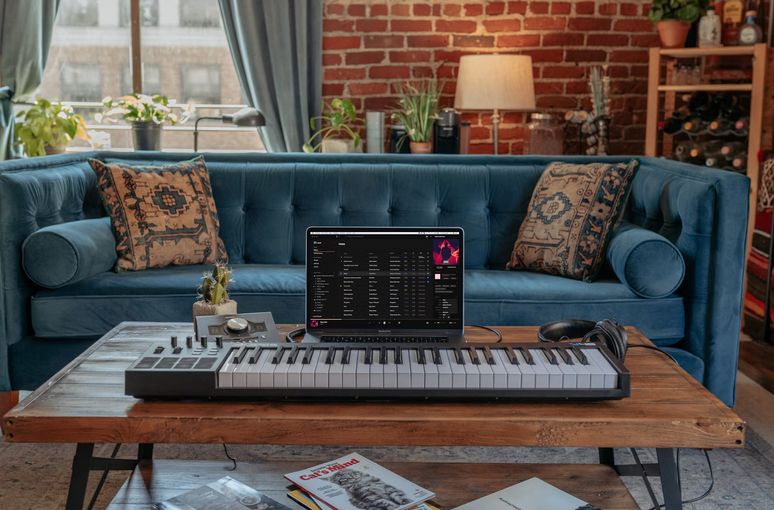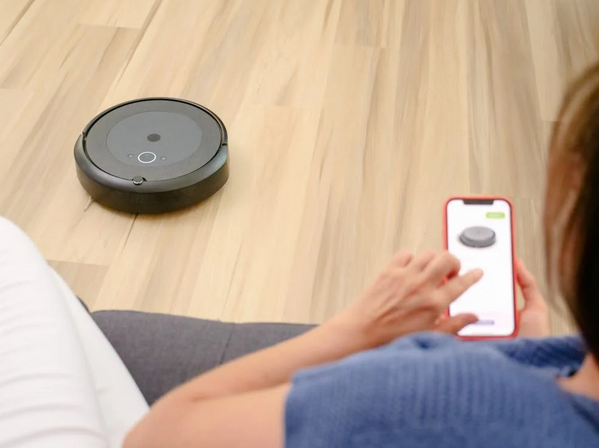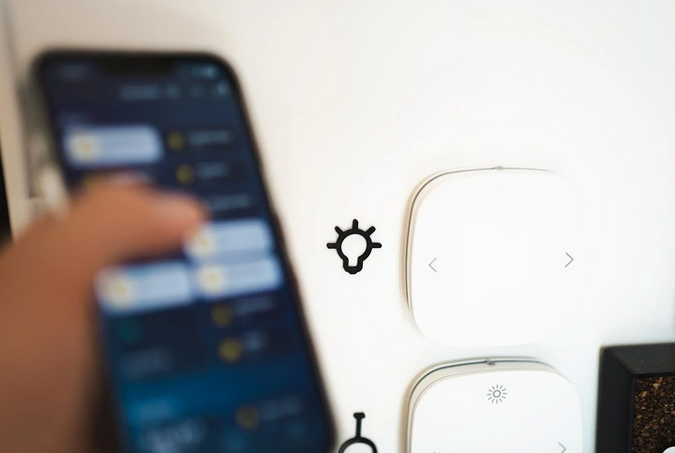Mastering Melodies: Top Tips for Using AI Melody Generators Effectively
Imagine having an endless well of melodies at your fingertips, waiting to be shaped into something uniquely yours. These AI-driven systems analyze patterns in existing music and generate original tunes tailored to your preferences. But like any tool, their effectiveness relies on how you use them. Ready to dive in? Let’s explore some practical tips for harnessing the full potential of AI melody generators while keeping your creative spirit alive!
Start Simple
When diving into the world of AI melody generators, starting simple is key. Begin with basic parameters to avoid overwhelming yourself. Choose a single instrument or sound that resonates with you. Explore straightforward melodies first. Instead of complex compositions, focus on short phrases that capture your interest. This approach allows you to grasp how the AI interprets your choices while keeping creativity flowing. Experimentation is crucial at this stage. Play around with variations of simple melodies and see what emerges. You might discover unexpected ideas that spark new directions in your music. Remember, simplicity can breed brilliance.
Adjust the Tempo and Key

Adjusting the tempo and key can transform your AI-generated melody from good to great. It’s one of the simplest ways to infuse a personal touch into your music. Start by experimenting with different tempos. Slowing down a melody can evoke emotions while speeding it up adds energy. Find what resonates with you. Next is the key. If a melody feels off, try shifting it up or down a few semitones. This minor tweak can alter mood dramatically and may align better with your vocal range or instrumental setup. Don’t hesitate to play around until something clicks. The beauty of using AI is that you’re not limited; every adjustment opens new creative doors.
Refine and Personalize
Once you’ve generated a melody, it’s time to inject your personal touch. This is where the magic happens. Take that AI-generated idea and mold it into something distinctly yours. Start by tweaking individual notes or chords. A slight change can create a completely new feel. Don’t hesitate to explore different melodies based on what you have. Consider adding lyrics or vocal lines that resonate with your message. The melody should complement the emotions you want to convey. Experiment with various instruments too; each one brings its own character to the mix. You might find that an acoustic guitar adds warmth while synths provide modern flair.
Layer AI Melodies With Live Instrument

Combining AI-generated melodies with live instruments can create a captivating sound landscape. The warmth and texture of real instruments add depth that digital sounds sometimes lack. Start by selecting an AI melody that resonates with you. Then, choose an instrument that complements the mood—be it guitar, piano, or strings. Each instrument brings its own character to the mix. Experiment with layering techniques. You might play the live instrument in tandem with the AI melody or use it to respond dynamically as the track evolves. This interaction can lead to unexpected musical moments.
Harnessing the power of AI in music is an exciting journey filled with potential. Use it as a tool not just for creation but also as a source of inspiration when you’re feeling stuck. With practice, you’ll find that these innovative technologies can help unlock new levels of creativity within yourself.
…









 MIDI has revolutionized music technology in countless ways. Before MIDI, musicians were limited by the sounds their instruments could produce. With MIDI, however, they can create an infinite number of sounds and manipulate them in a multitude of ways.
MIDI has revolutionized music technology in countless ways. Before MIDI, musicians were limited by the sounds their instruments could produce. With MIDI, however, they can create an infinite number of sounds and manipulate them in a multitude of ways. As technology continues to evolve, so does MIDI. In the future, we can expect even greater advancements in music technology that will enable artists and producers to create innovative sounds with ease. One area where MIDI is set to make a significant impact is virtual reality (VR) music production. For example, an artist could use VR to simulate playing various instruments or manipulate soundscapes in real time.
As technology continues to evolve, so does MIDI. In the future, we can expect even greater advancements in music technology that will enable artists and producers to create innovative sounds with ease. One area where MIDI is set to make a significant impact is virtual reality (VR) music production. For example, an artist could use VR to simulate playing various instruments or manipulate soundscapes in real time.
 Google Maps is one of the most popular and well-known map apps. It offers a great way to view your current location, track your progress as you move, and find points of interest along your route. You can also use it to measure distance, get directions, and see real-time traffic conditions. The app is free to download and use, but you’ll need a data connection to view maps and get directions. Google Maps is available for Android and iOS devices.
Google Maps is one of the most popular and well-known map apps. It offers a great way to view your current location, track your progress as you move, and find points of interest along your route. You can also use it to measure distance, get directions, and see real-time traffic conditions. The app is free to download and use, but you’ll need a data connection to view maps and get directions. Google Maps is available for Android and iOS devices.